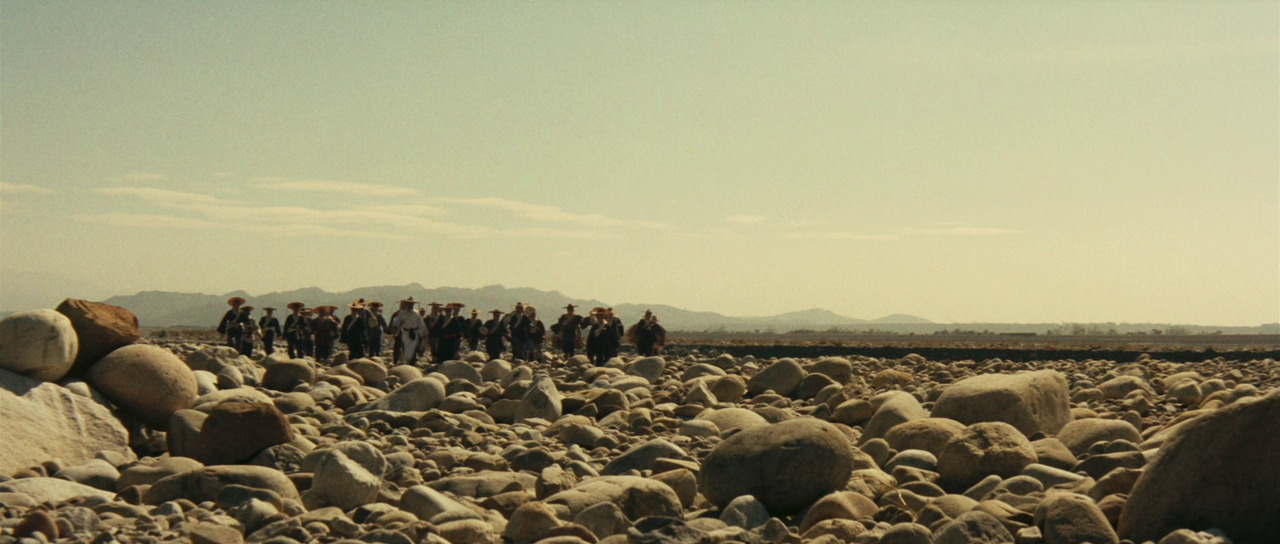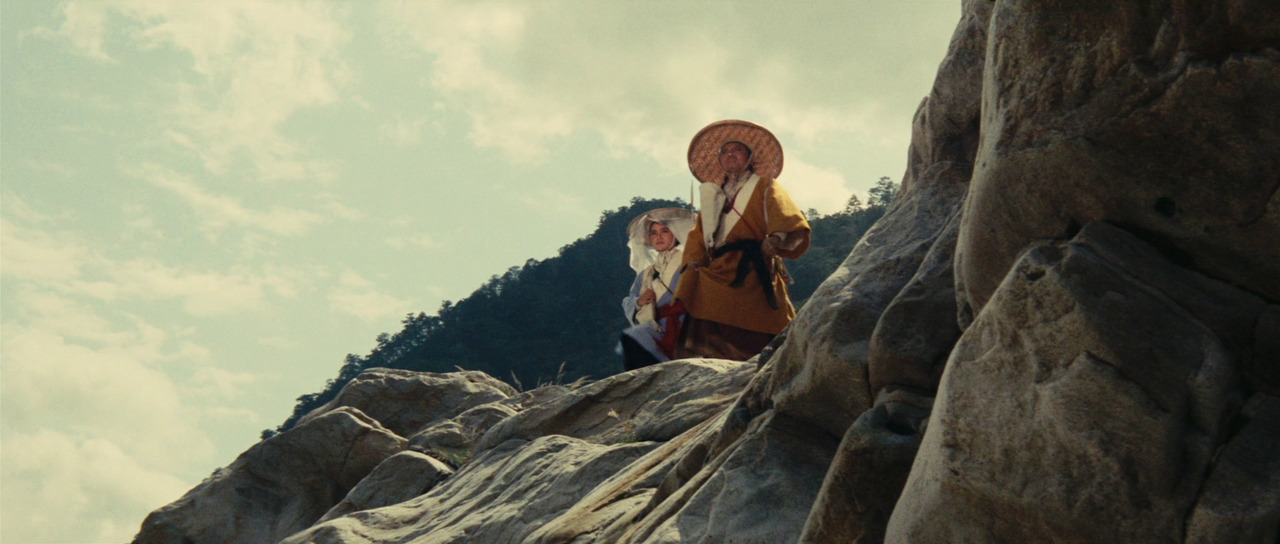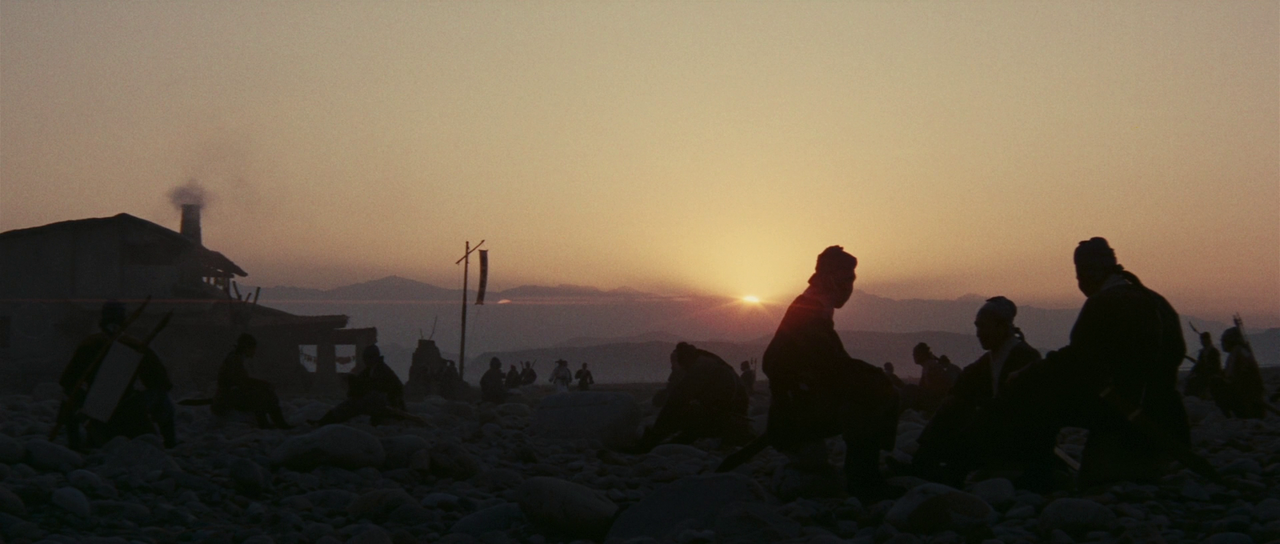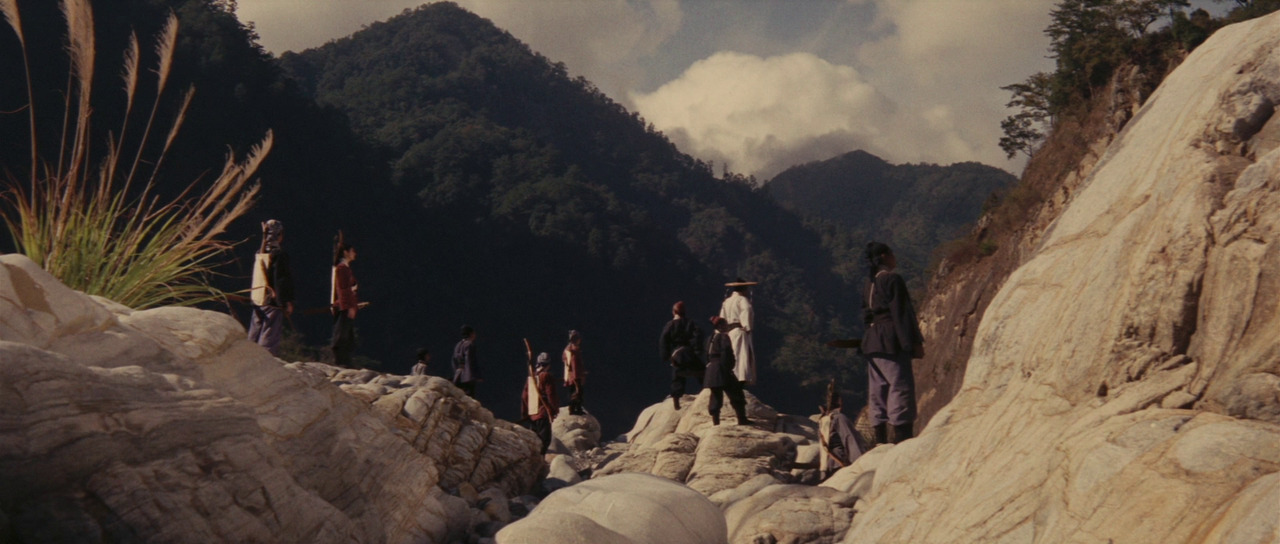You're right, I was thinking about that second tracking shot too, I believe this is the one you're referring to?
https://streamable.com/mcris
The shot also holds a secondary significance in tying back to this earlier scene of Mary leaving Smiley to accompany Bud.
https://streamable.com/l3uor
The stationary frame lingers on Smiley watching her leave, grounding the stagnation of his repressed jealousy. Then when we arrive at the second tracking shot, we understand the movement of the camera as a change in character as he becomes somewhat conscious of how his actions have hurt Mary, in contrast to the inertia of his selfishness in the earlier scene.
The dinner set-piece does drag a bit (the whole bit outdoors with Amos re-enacting Smiley's partnership scam felt a bit unnecessary to me). I'm half tempted to reason that there's a slight justification to the scene's uncomfortable duration in order to place the audience further within Mary's perspective and sympathetic to her humiliation, if not already made clear in the several cut-aways to her teary reaction at the dinner table. The way Capra frames the sequence, the camera gradually moves out of the scene, beginning at first with frontal shots level with Smiley as if we're sitting across from him at the table.


Then as the chaos develops and Capra intercuts Mary's hurt reaction shots

the camera detaches itself from Smiley and aligns itself with Mary's end of the table.
Starting here:

then moving outward to here:

to finally to here:

Capra even locates Mary's seating next to Bud's mother (through which we implicitly understand she's seated across from Bud's father)

So when we see Bud's parent's disgusted reactions, it's from her POV that we're meant to empathize with

Of course, the sequence is a bit ambivalent about the whole thing since the camera still centers around Cook's prolonged gags. It seems like we're supposed to both identify with Mary's discomfort at Smiley's behavior and also view his various gags as comedy.
The turpentine bit is a good pay-off with Smiley's reveal about the horse feeling like a recapitulation of his characterization as an asshole, perhaps tempering his character arc with a reminder that he's not completely different from before. [general spoiler warning coming up in 3... 2... 1] I think it's interesting to contrast Smiley with other Capra protagonists who skirt economic disaster before getting reigned back in at the last minute in a hollow net of security. Smiley sits with Amos in the ashes of the circus, it's understood that he's lost everything for himself but we must also remember he's lost everything for Mary and Bud as well not to mention the other performers. The understated, perhaps even unacknowledged resolution to the Smiley-Bud-Mary love triangle occurs in Bud driving Smiley back to rescue Mary from the fire, as if to say that in moments of crisis, personal differences are set aside in order to 'do the right thing'. The final shots show the circus cars riding off into yet another stormy night, we're back to where we started with dogged perseverance in the face of any and all obstacles, 'the show must go on' can-do spirit. What's interesting about this is how Capra's idea of optimism presents itself here at the suppression of anything beyond Smiley's own reality and at the sacrifice of narrative closure. We're not given resolution to Mary and Bud's characters because as you said, "the story is really just about Joe".




















